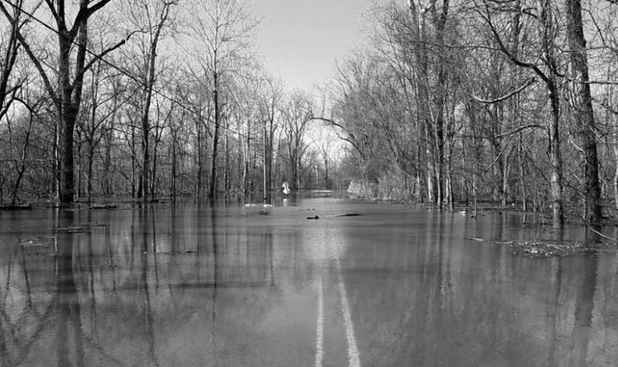Christine Meisner “Disquieting Nature”
The Walther Collection Project Space

This event has ended.
The Walther Collection presents Disquieting Nature, the first US exhibition by the German artist Christine Meisner. A meditation on blues music and the Delta region in Mississippi through video and works on paper, Disquieting Nature explores how violent events remain as vivid memories in nature. The exhibition broadens the collection’s ongoing focus on African photography and video by tracing histories of the African Diaspora in North America.
For over a decade, Christine Meisner has developed multilayered works about territorial and ideological expansion, such as the history of colonization in Africa and the Americas, the Atlantic slave trade, and questions of freedom. In 2011, Meisner traveled for six weeks in Mississippi, filming a journey into the landscape where blues music first emerged. Out of this exploration, she produced an expansive series of drawings and video footage. The resulting video, “Disquieting Nature,” commissioned by The Walther Collection, is a 28-minute series of long black and white landscape shots combined with lush, poetic vocals, and elaborate instrumental orchestration.
The sound of the blues, its structure and narrative form, is the starting point for Meisner’s collaboration with the New York-based composer William Tatge, who composed the music for “Disquieting Nature.” Following a variety of paths, in the same way that a river flows and deviates, Tatge’s music and Meisner’s lyrics summon chance encounters and racist attacks, while emphasizing the cleansing power of the water.
“Disquieting Nature” opens in darkness, revealing a recording studio, a half-open window with the river just visible beyond the blinds, and moves to the countryside, as the Mississippi becomes the central, often disarmingly calm, subject in a study of the land. Meisner traveled the Delta region during the seasonal transition between winter and spring, and she portrays the Mississippi River swelling over empty roads and fields in richly textured graphite tones.
A hypnotic sequence of aerial drawings then becomes a recurring interlude, detailing the landscape bisected by roads, border lines, individual parcels of land, and courses of rivers. These abstracted, yet precise, geographies reveal the economic development of the Delta-the changes borne by the land since its settlement. At the same time, she references the African mythology of the “crossroads,” the place where past and present merge.
“Disquieting Nature” is presented alongside a selection of works on paper, writings, maps, and elegantly detailed script drawings for the video. Together, the video and drawings describe the fateful linking of slavery and disenfranchisement to a genuine American music whose influence is felt around the world.
Christine Meisner was born in 1970 in Nuremberg, Germany, and currently lives and works in Berlin and Brussels. Her projects have involved works and research on the African Diaspora and colonialism in Ivory Coast, Nigeria, Democratic Republic of Congo, and Brazil. “Disquieting Nature,” part of a trilogy examining landscape, music, and liberty, was first shown in 2012 in The Walther Collection’s exhibition Appropriated Landscapes, curated by Corinne Diserens. The work was later presented in 2013 in A Thousand Years of Nonlinear History at Centre Pompidou, Paris. Meisner has participated in many exhibitions including Landscape and Power at MOMUK Cinema, Vienna; the Berlin Documentary Forum; Drawing Documents at Extra City, Antwerp; and Uncomfortable Truths: The Shadow of Slave Trading on Contemporary Art at the Victoria & Albert Museum, London. Meisner is a lecturer at the École Supérieure des Arts in Brussels.
Media
Schedule
from February 28, 2014 to June 14, 2014
Opening Reception on 2014-02-27 from 18:00 to 20:00